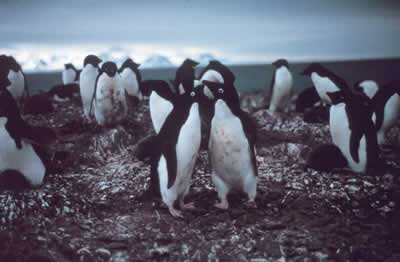Plant growth increases by 10%
News story originally written on April 17, 1997
Plant growth in the northern latitudes of the Earth has increased from 1981 to 1991. This suggests that the Earth is warming up and that nature is responding.
Over the past 30 years, the northern latitudes of the Earth has seen a slight increase in temperature. Scientists believe that mother nature is trying to correct this increase in temperature by more plant growth.
Plants survive by a method called photosynthesis. Photosynthesis allows the plant to take in solar rays and absorb carbon dioxide. Carbon dioxide is a compound that warms up the Earth by not allowing any radiation to escape. By gathering carbon dioxide, the growing plant cools its immediate surroundings. Thus, plants reverse the effect of the carbon dioxide by cooling the planet back to its natural state.
The excessive plant growth in the northern latitudes surprised many climatologists. These scientists now know that nature is an even stronger force than was once believed; and that nature seems to be securing the Earth's delicate balance.
Even though nature seems to be holding her own, many of the problems with global warming and destruction of natural resources is caused by human pollution. If human society can learn to reduce this pollution, maybe mother nature won't have to work so hard to ensure the planet's safety.
 Read the rest of the press release
Read the rest of the press release














